![Content Marketing for Crafters and Sewists [Infographic] Content Marketing for Crafters and Sewists [Infographic]](/fileadmin/Blog/2019/Tipps_and_Inspiration/Craft_industry_stats_and_trends/stats-infographic.png)
"The handmade market is literally booming!"
The handmade industry is booming, but with so much going on, it can be hard to spot the trends you need to get your business to the next level. Check out this snapshot of current industry stats and trends for helpful information, tips, and areas to watch in the coming year.
Who's doing the making?
There are roughly 2.1 million sellers on Etsy, the largest single platform for handmade sellers; it's tougher to track small businesses using non-specific platforms like Facebook, Instagram, or in-person sales, but thanks to their recent census, Etsy provides a snapshot of makers nationwide.
Meet the makers:
- 87% are women
- Average age is 39; in comparison, the average business owner in the US is 50
- 90% own their own handmade business; those that have a partnership often work with family members
- About 50% of makers come from suburban areas, though rural and metropolitan makers are also represented
About the businesses
- Half of Etsy sellers started their business to earn money (as opposed to a creative outlet)
- 81% of those seeking income expected to earn only supplemental income; 30% of makers list their handmade business as their primary occupation
- Most Etsy businesses are microbusinesses with a single owner/employee
- The largest Etsy businesses, with gross merchandise sales topping $290,000, average around three employees
- Etsy businesses contribute, on average, 12% to a household's income
- On average, 50% of a handmade business's income is reinvested
How do makers sell their wares?
One of the biggest changes in recent years is that you don't need to own a storefront to sell your handmade goods, though for some crafters, in-person sales are still an important option.
Online Platforms
Etsy
- Largest, most recognized online platform exclusively for handmade & vintage goods
- Small business sales on Etsy contribute $4.7 billion to US economy
- Low barriers to entry: no web design required, low costs, low overhead
- Difficult to stand out, with millions of sellers
Amazon Handmade
- Curated, makers-only marketplace backed by Amazon's reach and structure
- Simple fee structure requires payment only when items are sold
- Requires application and approval to begin selling
- Currently offers limited options for the types of items that may be sold
Facebook Marketplace
- Locally oriented (uses location-based searches)
- No costs through Facebook, but no integrated ecommerce options
- Not curated or regulated
- More of a digital classified ads listing than a direct sales option
Facebook Shop
- Minimal native ecommerce options
- More advanced and effective ecommerce options exist, but require a bit of tech know-how
- Works best when integrated with an existing ecommerce-capable site
This is just a tiny sample of existing online platforms. The right platform for you will depend on your needs, capabilities, and budget. Look for sites that specialize in the types of items you offer— for example, graphic designers can sell digital work through Creative Market, while the Ravelry marketplace focuses exclusively on fiber arts. Though your direct competition might be higher, you are also guaranteed an interested audience, which can be beneficial.
Business Website
Some crafters use a business website instead of or alongside a platform-based store. There are lots of DIY options for building a site of your own, but keep in mind the following when choosing a method:
- Tech Savvy: Do you have the know-how to build and manage a professional-looking site?
- Fees: From your domain name to your ecommerce hosting, it's not always cheaper to build your own site rather than using a platform.
- Security: Never skimp on security for your website, especially if you offer any kind of ecommerce. Your customers need to know their information is safe in your hands.
- Content: Most sites offer more than just a shopfront. Do you have the time and capability to maintain a blog or other content? What do your customers want? What can you provide? Try to balance these factors.
- Maintenance: The internet is a moving target. You can't just set up your site and keep your inventory updated. Make sure that you're keeping up to date on the latest new features, from mobile accessibility to security updates to trends in site layout. Hiring pros to keep your site updated may be worth the investment, depending on your needs.
In-Person Retail
A mix of online and offline sales is still crucial to many crafters. Even if offline events like craft shows aren't as directly profitable, due to increased overhead, they can be great marketing tools, and wholesale partnerships can be easier to negotiate with local businesses than online customers. Here are options to consider for offline selling:
- Craft shows, fairs, and festivals These are great opportunities to put your wares in front of customers, but can be costly in terms of time, fees, and equipment required. Start small and build up to larger sales as you gain experience.
- Consignment relationships Partner with local retail and consignment shops to offer your items in-store. You don't have to deal with the overhead of maintaining your space, and both you and the shop benefit when your items sell.
- Wholesale relationships Selling directly to retailers is a great option if you can meet demand—wholesale orders tend to be larger and less frequent than selling direct to customers. Make sure you can meet the retailer's needs before agreeing to an order.
- Farmers' Markets There are over 8,000 registered Farmers' Markets in the US. Check local regulations to see if your market allows non-produce items.
- Galleries and Cafes This is a great option for artists; if you're not ready for your own gallery show, partner with fellow artists, or contact local cafes to see if they would put your work on display, allowing customers to contact you if they want to make a purchase.
Trends to Watch: Where & How to Sell
- Pop Ups In-person retail is not going away, but the experience is different from online. Pop up shops or booths work especially well for luxury items that can be handled and demonstrated. Holiday pop ups tend to be more successful than those throughout the rest of the year.
- Social Influencers Think of these as the spokespeople of small businesses. Partner with social media personalities to help put your products in front of larger audiences.
- Unconventional "Storefronts" Keep an eye out for unusual opportunities, like offering items for staging homes for sale, or decorating corporate event spaces with merchandise. This growing trend is still unusual, but gaining momentum.
- Mobile Selling More and more people are shopping on mobile devices, so make sure that all your digital platforms, especially personal websites, are mobile optimized and make it easy for users to find and purchase your wares on the go.
Design trends to watch
Keeping up with trends in consumer preferences is just as important as knowing industry stats, especially when you're trying to grow your business. Here's what to look out for in the coming year.
- Warm colors, like Pantone's living coral, mustard yellow, and burnt orange, throughout clothing, interior design, and decorating
- 70s style in interior design—think bright, clashing colors and rich textures
- Minimalism: capsule wardrobes, Marie Kondo de-cluttering, decor that's both functional and beautiful
- Green living: recycled or reused materials, trend toward repairing rather than buying new, few plastics—opt for natural materials instead, high quality materials that last
- Maximalism: a new design trend in direct opposition to minimalism, focused on rich textures, layered pieces, comfort, and an exuberant disregard for clean lines and open spaces
- Oversized wall art, including weavings and tapestries as well as oversized panels and canvases
- Self-care: Watch for trends in techniques like mindfulness, journaling and budgeting; hobbies like sewing (especially decorative styles like embroidery and visible mending), indoor gardening; demand for luxury personal-care products, like high-end soaps.
Sewing trends
If sewing is not just your hobby but part of your business, then the topic of "Sewing Trends" is surely of interest to you. Sewing trends are constantly evolving, and it's important to observe and follow them, as well as keep up with the latest techniques and tips to achieve impressive results. We try to keep you informed about this in our blog. For example, posts like "13 Tips for Sewing with Wool" offer valuable advice specifically for working with wool fabrics. These tips can help you overcome the challenges of sewing with wool while achieving professional results. Furthermore, it's essential for experienced seamstresses and tailors to master advanced sewing techniques. "Advanced Sewing Techniques You Need to Know" introduces advanced methods and techniques that allow for the realization of complex projects and elevate your sewing hobby to the next level. By applying these advanced techniques, seamstresses and tailors can expand their repertoire and create unique, high-quality pieces.
Wunderlabel can help you with your Etsy branding! For example our woven labels.

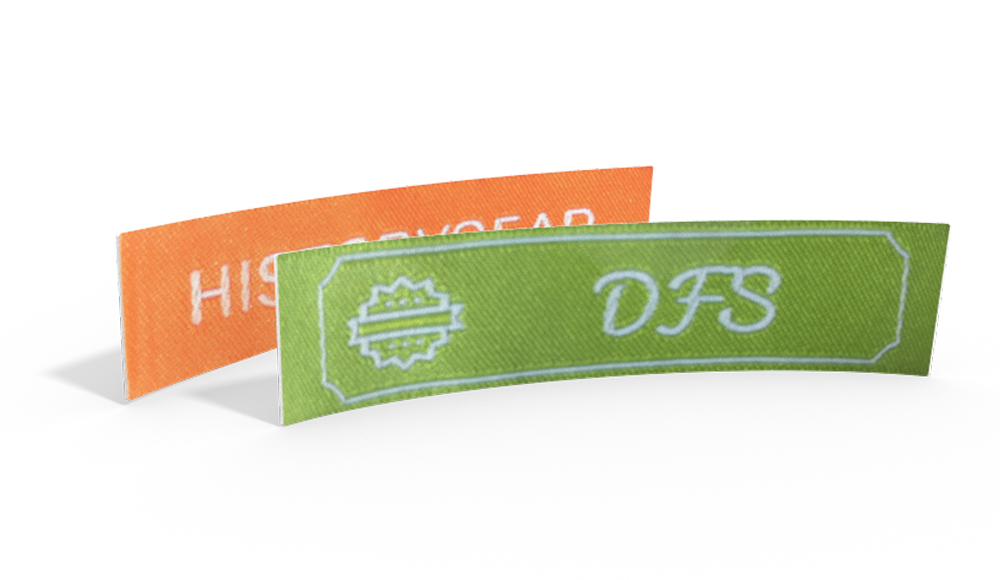

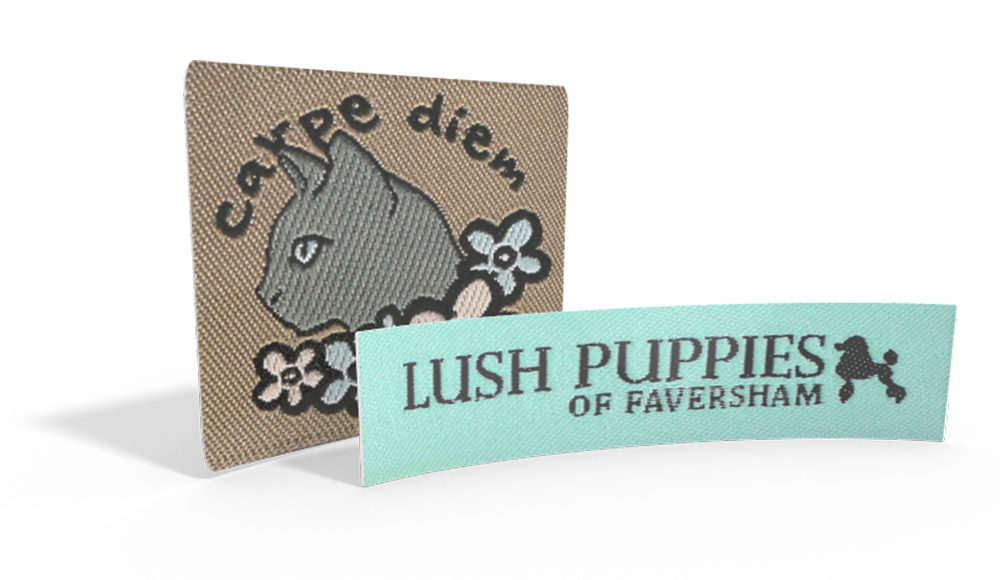

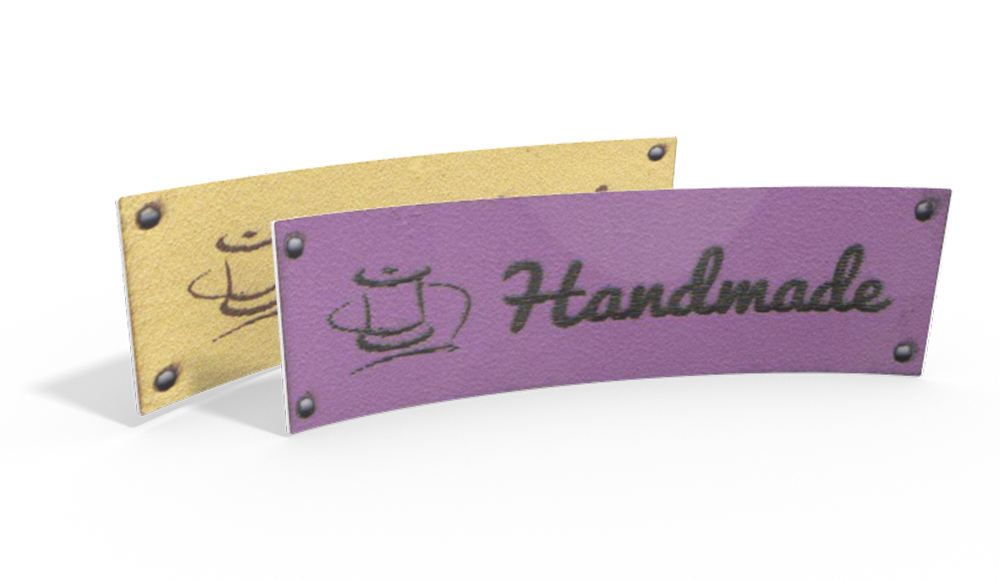


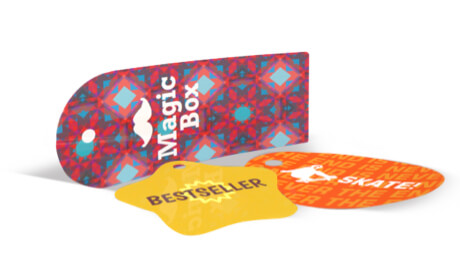



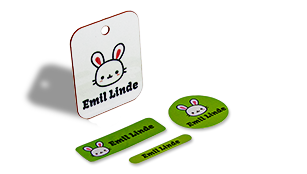








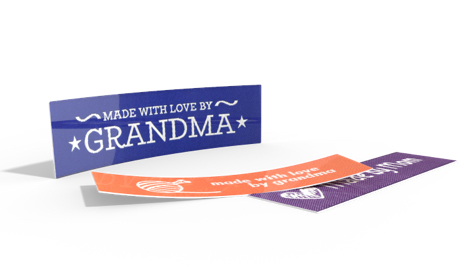


![Craft (Handmade) Industry Stats and Trends [Infographic]](/fileadmin/_processed_/8/8/csm_stats-title_11a95e70a7.jpg)

